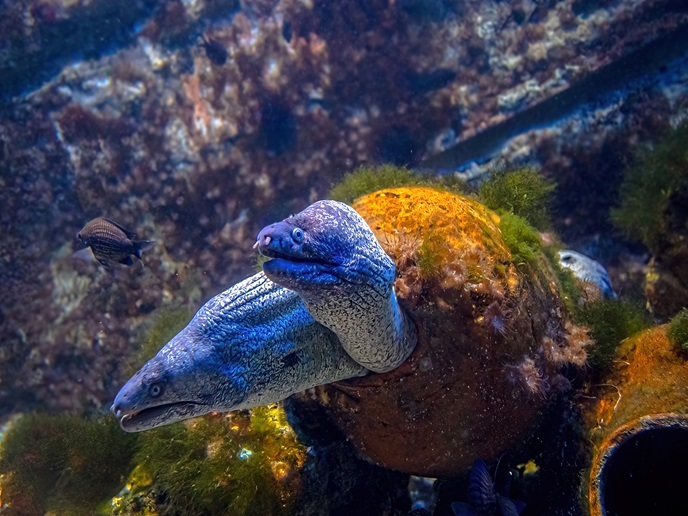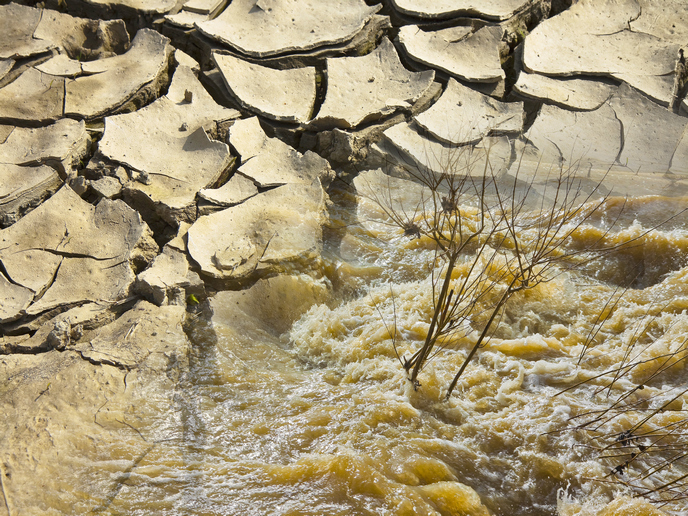Exchange of CO2 in mountain grassland ecosystems
Rising concentrations of carbon dioxide (CO2) in the atmosphere and mounting evidence for global warming led to the Kyoto Protocol, which calls upon nations to reduce emissions of carbon dioxide and other greenhouse gases. In order to gauge the impact of carbon dioxide emissions, one must have a good understanding of the carbon cycle, involving not only the atmosphere, but also the biosphere. While headway has been made, a gap exists with respect to the net ecosystem exchange (NEE) of carbon dioxide for mountain grassland ecosystems. The CARBOMONT project, led by the University of Innsbruck in Austria, sought to address this gap. Nine mountain grassland sites spanning both European Member States and Newly Associated States were studied and modelled. The CARBOMONT research revealed that carbon cycle is strongly moderated by the nitrogen cycle, and particularly affected by the application of fertiliser in managed grasslands. Land use and changes in land use were identified as a key ingredient in NEE variability between sites. Drought conditions common in the Mediterranean region actually helped reduce the carbon dioxide efflux from the soil. The University of Innsbruck and its partners identified two main types of mountain grassland ecosystems and corresponding NEEs. Those that were intensely managed and grazed exhibited the greatest variability with an average NEE of 48+/-136 grams of carbon per metre squared per year. This indicates that some of these regions remove carbon from the atmosphere, while others are unfortunately sources. The variability was attributed to the level of available soil water. The results were more consistent for natural mountain grassland ecosystems, the second type identified. In general, they were found to be small sinks of carbon, on the order of 20 grams of carbon per meter squared per year. Climate variables, primarily temperature, were found to be the most important factors for this type of ecosystem. The data collected during CARBOMONT will bolster Europe's evolving carbon inventory and its efforts to comply with the Kyoto Protocol. Further details about the project and its results can be found on the Internet at: http://carbomont.uibk.ac.at(opens in new window)







